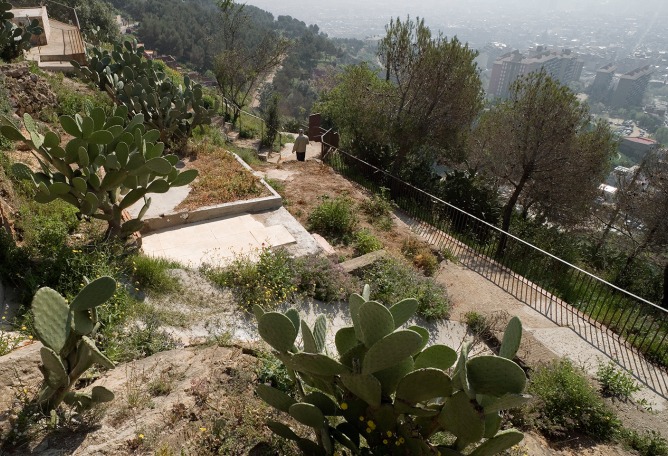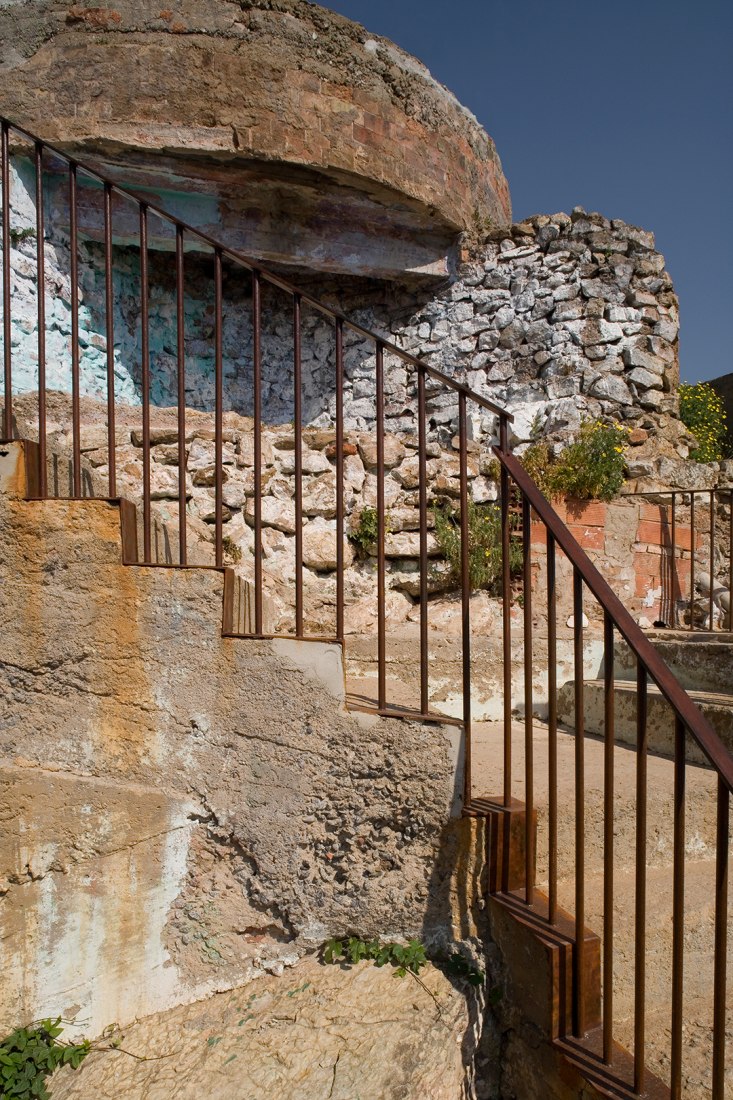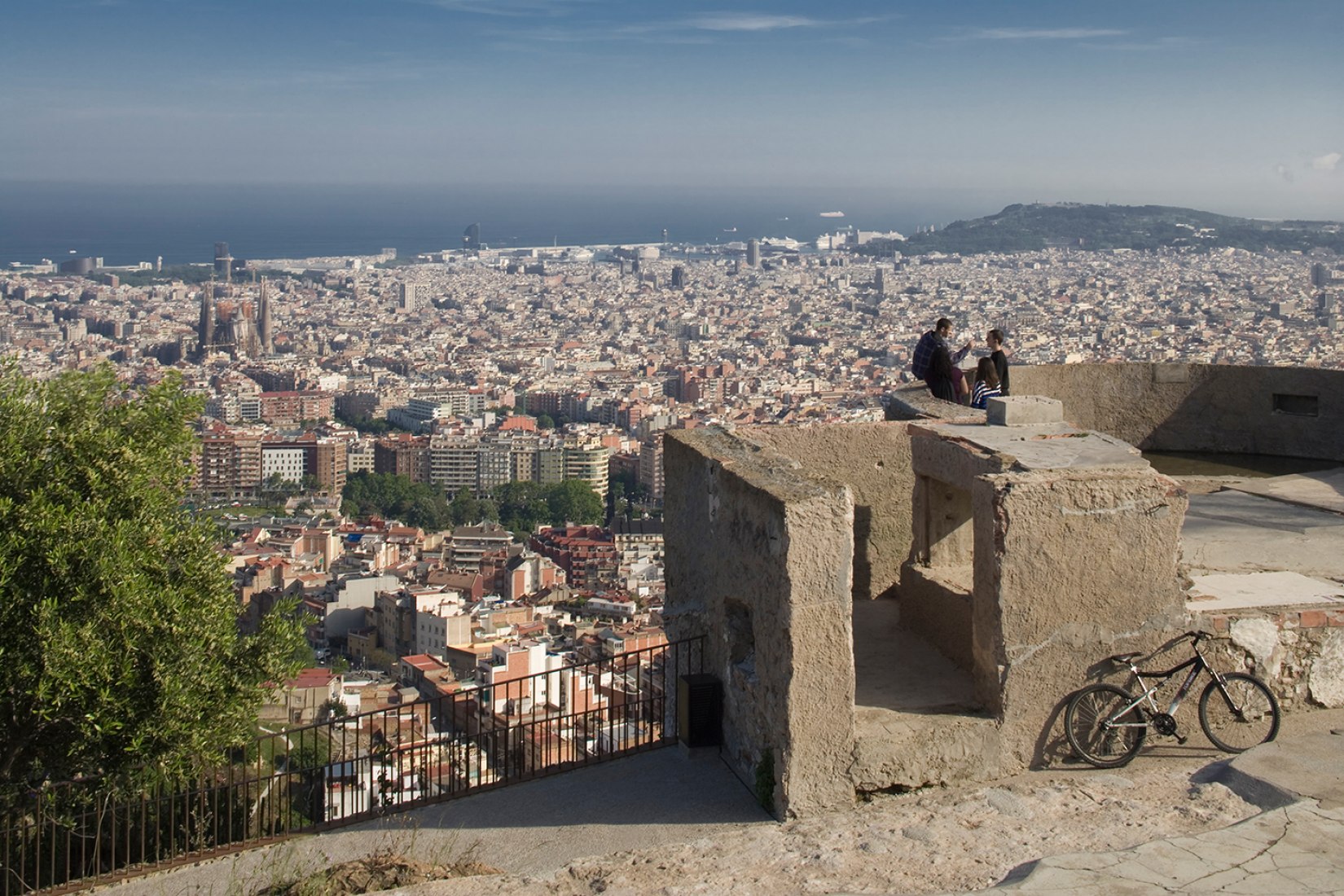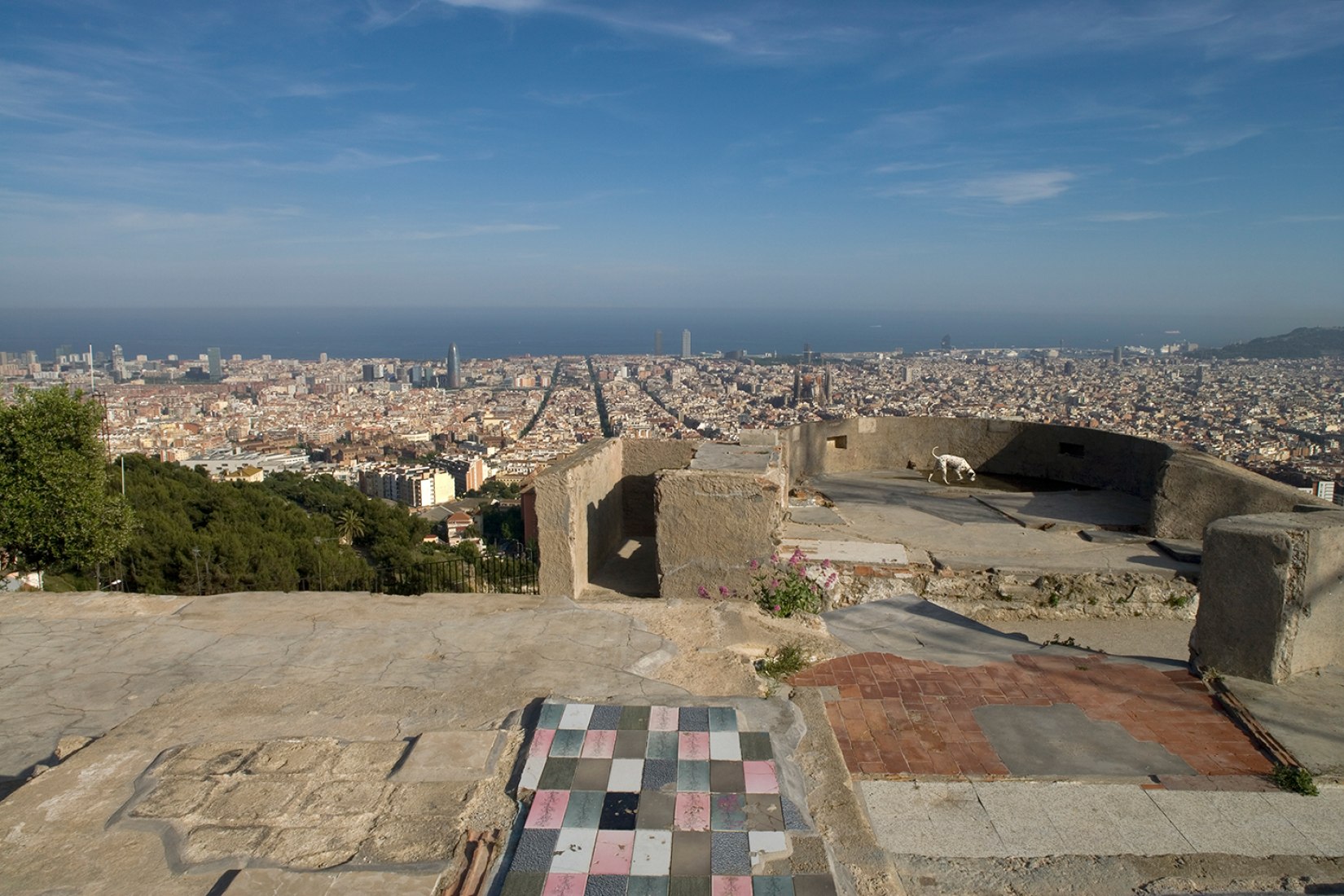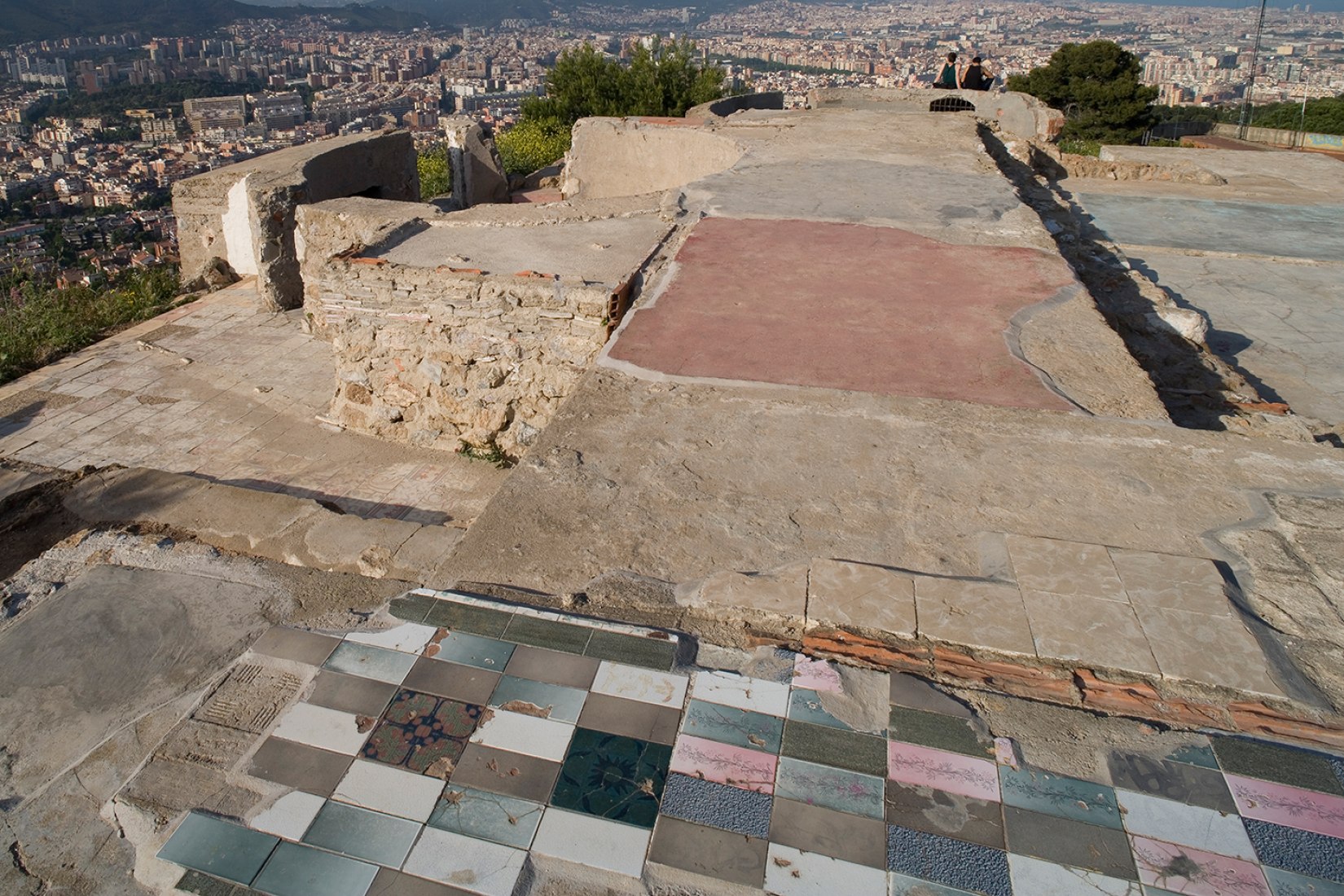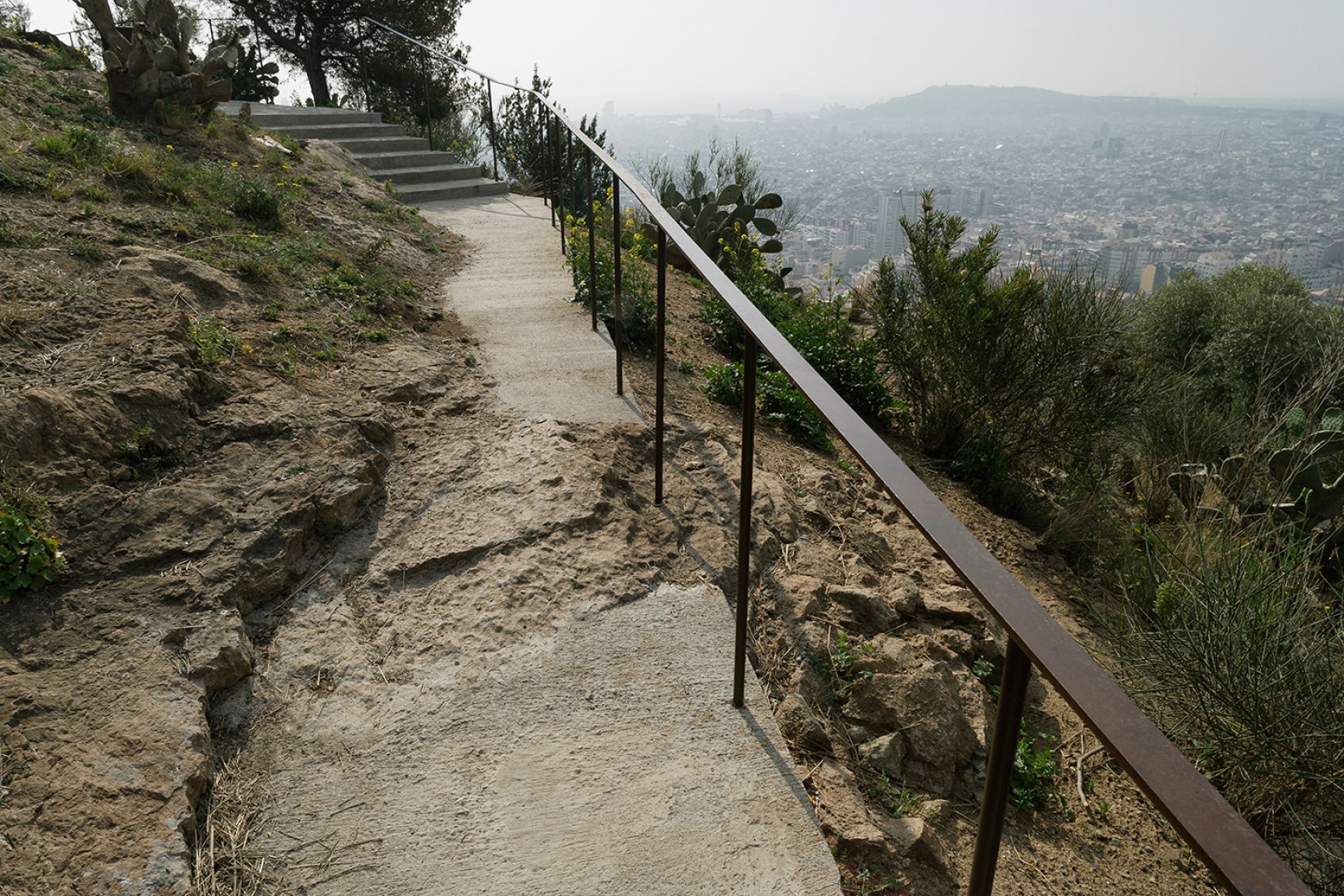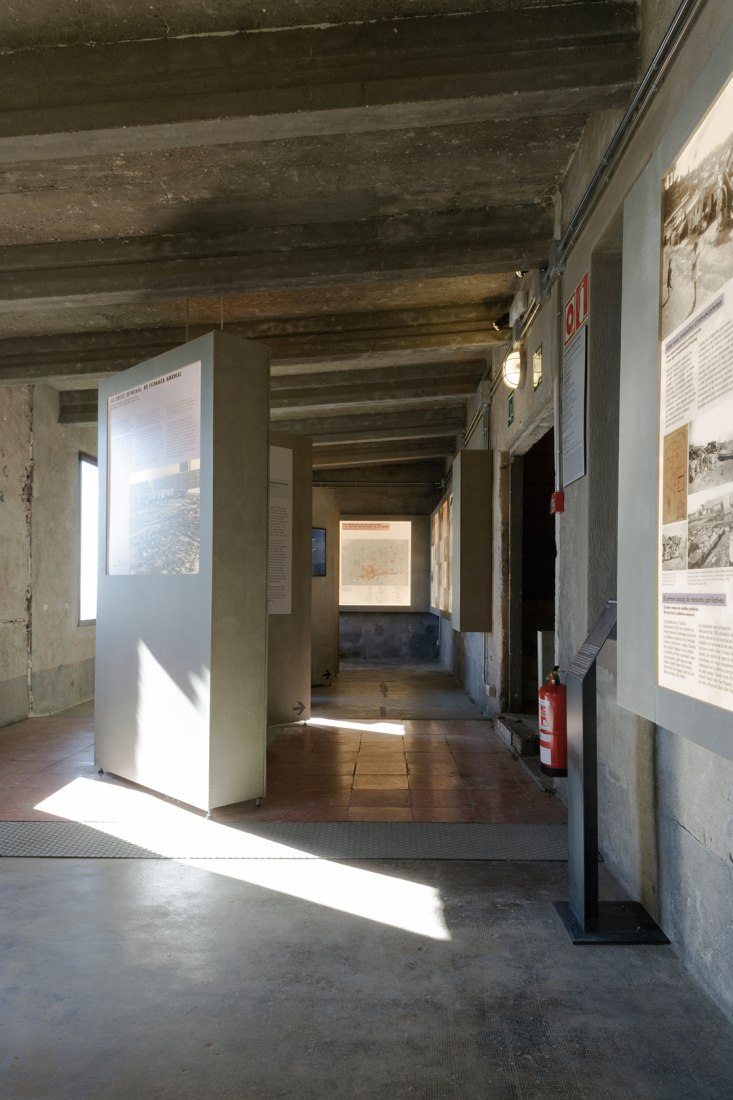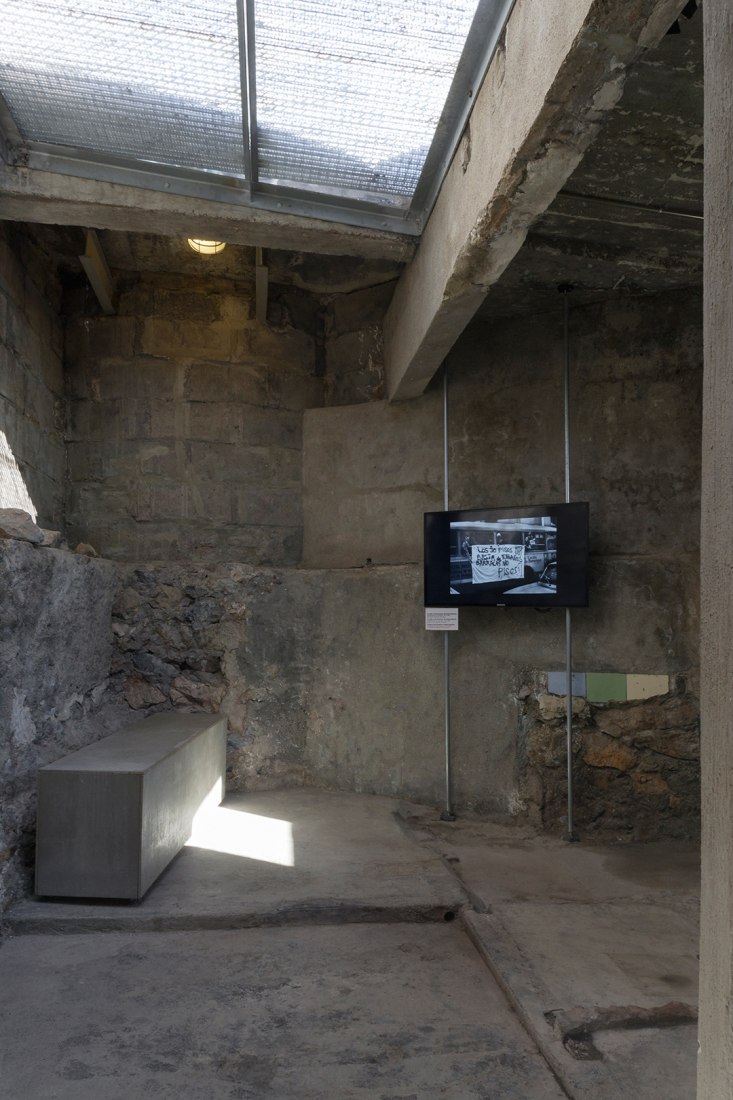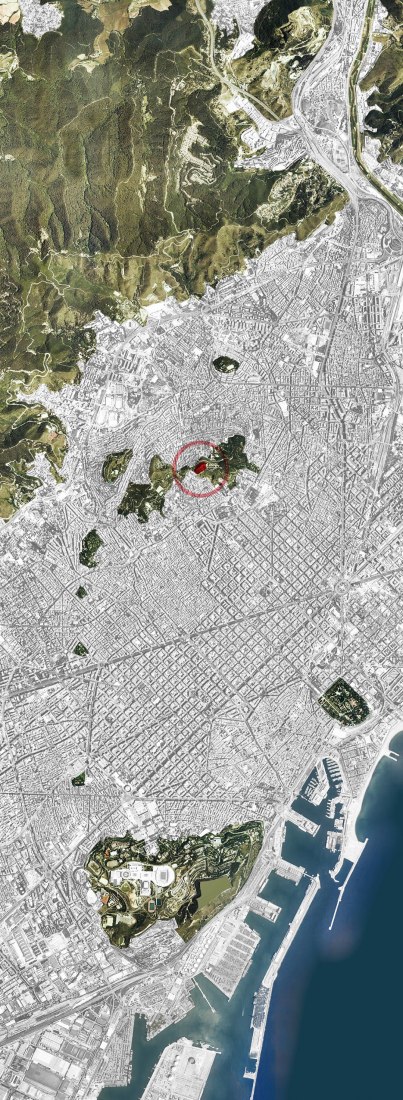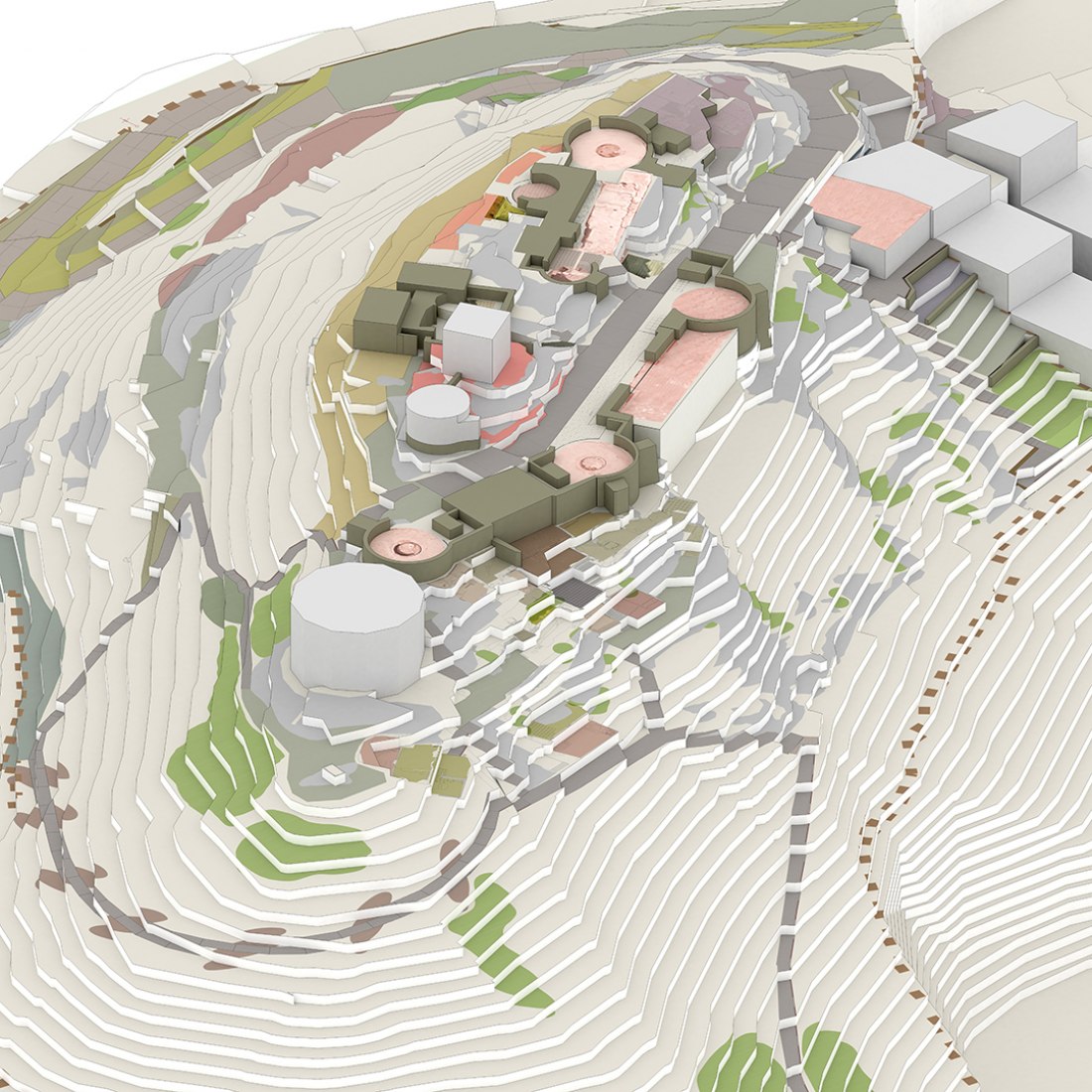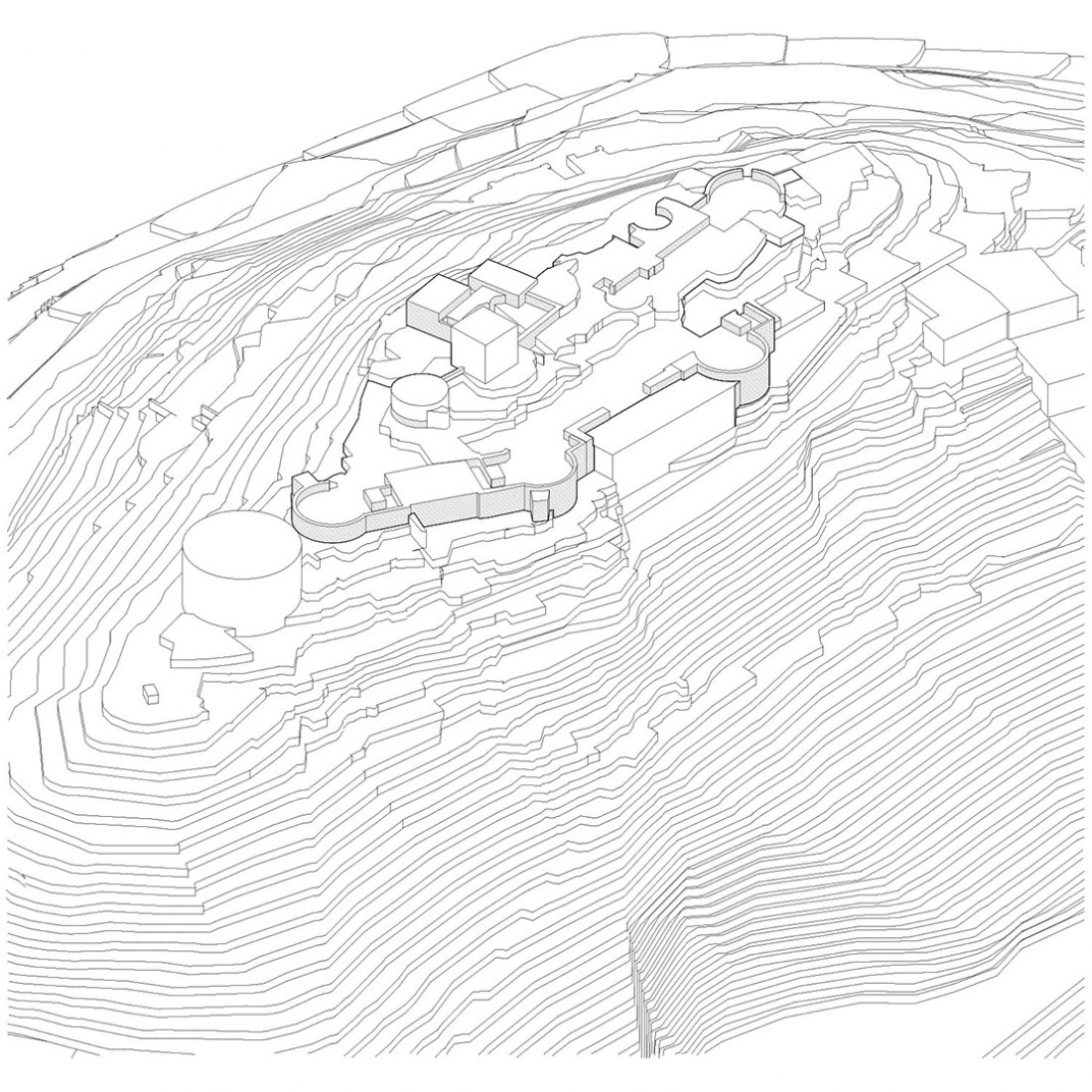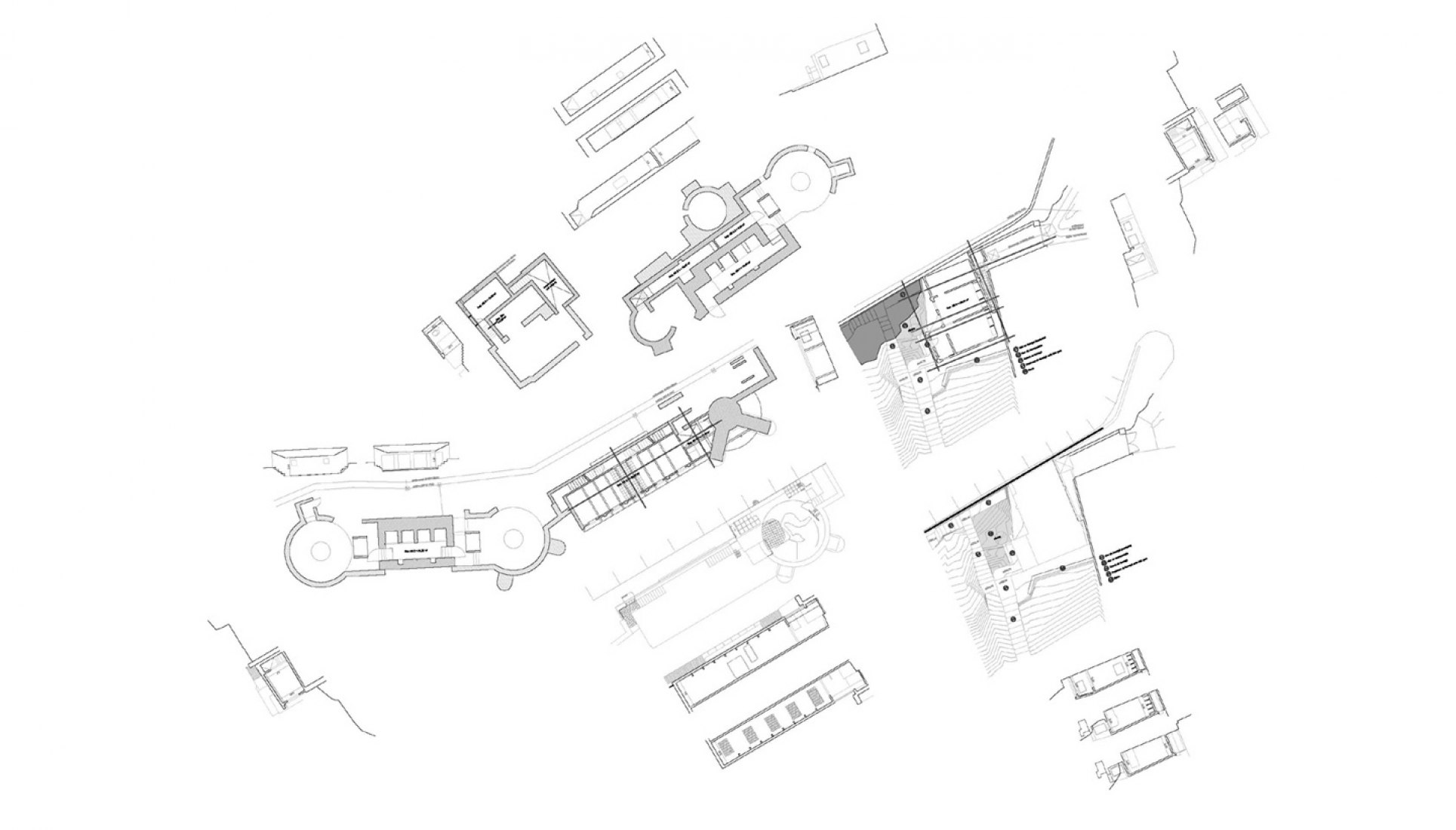Description of the project by Jansana, de la Villa, de Paauw arquitectes + AAUP, Jordi Romero associats SLP
Iberian settlement, agricultural settlement, construction of air defense during the civil war, neighborhood casual city in postwar field of giant antennas, terrain vague, viewpoint over the city and finally museum: outdoor and occupying the premises that those uses have been left behind. In 2015, the Turo de la Rovira shows the signs of all these layers of history. Rehabilitation of space power vision of these scars. The historical and cultural symbolism that characterizes the hills in the cities is repeated. A new layer, another variation seizes the Turo de la Rovira: the passage of everyday life to the museum.
The rehabilitation of the Turo de la Rovira can see the different uses that can have a space depending on the time you are in, producing a humanization or appropriation of space depending on the interests of society at all times. Now, the new use of space forms an imperceptible framework that makes visible all previous layers. Goes from a moving space, everyday, to be a place of contemplation of history (outdoor museum) and the same city (a viewpoint of 360º). The intervention has allowed to show the dynamic condition of the landscape, stratigraphy modeling time and the people who inhabit it and use it. It has kept the vision of overlapping layers, showing the space as a landscape evolution over time. It is an intervention that evidence and highlights the assets and the existing landscape, emphasizing the vision of decaying matter.
They have been restored interiors battery enclosures: buildings and bunkers have become spaces of a new headquarters Barcelona City History Museum (MUHBA). It is a museum of active resistance of the city against bombing, and also of shantytowns and informal housing in Europe in the twentieth century. Turo de la Rovira shows how our cities were precursory phenomena of migration, informal urban growth of cities and the struggle for housing because of wars in Europe.
The official Pavilion has been restored as it was during the civil war. It is one of the Spanish military buildings of the best preserved time. There you can visit the exhibition 'Experiences in the Turo de la Rovira', which shows how was the building during its military use (1938) and later as an adult school (1983).
Pavilion troop contains the exhibition "Barcelona to limit air defense and shanty towns." In turn, the room command offers a glimpse of the technology of modern warfare, and explains the defense of Barcelona, while rooms where the weapons were stored, located under the shooting platforms, have been restored and maintained as they were during battery operation.
With these interventions we have tried to preserve the historical memory of the twentieth century Barcelona, with the desire to preserve and show their past, to understand and explain the present of the city, and that which determines its future. In Barcelona we wanted to keep our scars, our memory, showing them in the landscape of the city.


